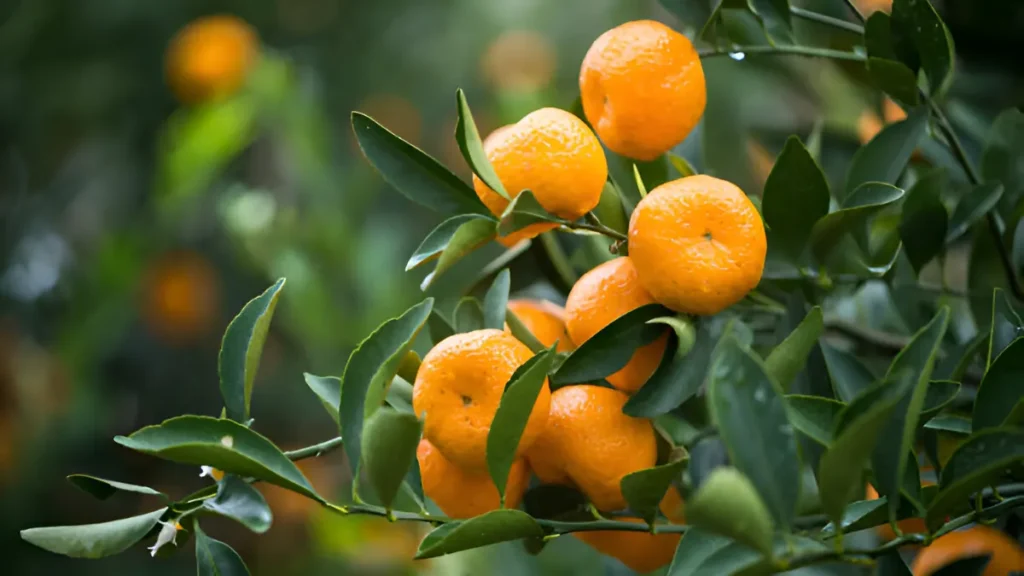Welcome to our detailed guide on Clementine tree maintenance and growth! A beautiful kind of mandarin orange, clementine trees are known for their fragrant flowers and sweet, juicy fruits. These little citrus trees are delightful to nurture and enhance any indoor or outdoor area with a hint of elegance and smell. Nevertheless, a large portion of the nation is far too cold to support the growth of these semi-tropical fruits since clementine fruit trees need mild weather above 50 F (10 C). Remarkably resilient to freezing temperatures, clementines are small enough to be kept as houseplants.
How to grow a clementine tree:
1. Selecting the ideal clementine tree
There are three varieties of clementines: common, seedless, and self-pollinating; monreal, with seeds and self-pollinating; and sweetclems, with just ten sections of citrus and high sugar content. Red Ruby, Tardivo, Mandared, and Commune are ideal choices for container gardening.
2. Selecting the ideal site:
- Sunlight: Clementine trees need full sun, meaning they need six to eight hours a day in direct sunlight.
- Climate: USDA hardiness zones 9 through 11 are ideal for them. They can be cultivated in containers and brought indoors for the winter in colder climes.
- Soil: The soil must be able to drain well. The optimal sandy loam has a pH of 6.0 to 7.0.
3. How to plant a clementine tree:
- After the last frost, plant clementine trees in the spring.
- First things first: pick a planting location that gets at least six hours a day of direct, unfiltered sunlight.
- Eliminate any weeds and sweep up any trash and turfgrass.
- Create a hole that is the same depth but three times wider than the container your clementine tree arrived in.
- Using your hand or a tiny spade, gently tease the roots of the root ball.
- In the hole, set your clementine tree.
- After adding soil to halfway, top it off with water.
- Once it evaporates, proceed to fill the hole completely.
- To assist retain moisture, cover the roots with a 2-3 inch layer of mulch, taking care to keep the mulch away from the trunk.
Clementine tree care guidelines:
- Ascertain that the soil is consistently moist but not drenched. Generally speaking, deep watering once a week is sufficient; however, this can vary depending on the soil and weather.
- To avoid rot, spread a layer of mulch around the base of the tree that is two to three inches thick, staying a few inches away from the trunk. Mulch aids in controlling soil temperature and moisture retention.
- Apply fertilizer in the early spring, late spring, and early fall of each year. Observe the application rates specified in the manufacturer’s instructions.
- Before new growth appears, prune in late winter or early spring. Make use of sharp, clean tools. Just above a bud or branch junction, make 45-degree incisions.
- Aphids, scale insects, and spider mites. To control infestations, apply horticultural oil or insecticidal soap.
Conclusion:
Any patio or yard can benefit from the wonderful addition of clementine trees. You will be well-equipped to care for a robust and fruitful Clementine tree that will give you delicious fruits for many years to come if you heed the guidance in this book. Together, let’s set out on this rewarding quest to turn your garden into a citrus oasis!
Certainly! If you’d like to learn more, please consider following our WhatsApp Channel: Harvest Gardening
A frequently asked questions:
Q1: How long does a clementine tree take to fruit?
A1: After planting, clementine trees usually take two to three years to begin bearing fruit. Nonetheless, fruit production peaks often appear between 4 and 5 years of age.
Q2: Can dogs eat clementines?
A2: In moderation, dogs can indeed consume clementines. However, citrus should be consumed in moderation as too much of it might upset the stomach.
Q3: What is the significance of clementine tree flowers in the fruiting process?
A3: The clementine tree’s blossoms are essential to the fruiting process. Fruit develops after the blooms are successfully pollinated, and it usually reaches maturity by late fall or early winter.
Q4: What is a dwarf clementine tree?
A4: A smaller form of clementine tree that may be grown in tiny gardens or containers is called a dwarf clementine tree. It bears tasty, seedless fruit and requires little maintenance.

